3, 3-Dimethylbut-1-ene reacts with HI to form 3-iodo-2, 2-dimethylbutane and 2-iodo-2, 3-dimethylbutane.
To solve the problem of why 3,3-Dimethylbut-1-ene reacts with HI to form 3-iodo-2,2-dimethylbutane and 2-iodo-2,3-dimethylbutane, we can break it down into the following steps:
Step 1: Understanding the Reactants
3,3-Dimethylbut-1-ene is an alkene with the following structure:
- It has four carbon atoms (but-1-ene).
- There are two methyl groups attached to the third carbon.
The structure can be represented as:
CH3|CH3−C=CH−CH3|CH3
Step 2: Reaction with HI
When 3,3-Dimethylbut-1-ene reacts with HI, the double bond (alkene) acts as a nucleophile and attacks the electrophilic hydrogen (H+) from HI. This results in the formation of a carbocation.
Step 3: Carbocation Formation
There are two possible ways for the double bond to attack H+:
1. The double bond can attack the hydrogen, resulting in a carbocation on the second carbon.
2. The double bond can attack the hydrogen on the first carbon, resulting in a carbocation on the third carbon.
Step 4: Carbocation Stability and Rearrangement
- The first scenario leads to a secondary carbocation (more stable).
- The second scenario leads to a tertiary carbocation (even more stable).
The more stable carbocation will undergo rearrangement if possible.
Step 5: Nucleophilic Attack by Iodide Ion
After the formation of the carbocation, the iodide ion (I-) from HI will attack the carbocation, leading to the formation of two different products:
1. 3-iodo-2,2-dimethylbutane from the secondary carbocation.
2. 2-iodo-2,3-dimethylbutane from the tertiary carbocation.
Step 6: Final Products
The two products formed are:
1. 3-iodo-2,2-dimethylbutane
2. 2-iodo-2,3-dimethylbutane
Conclusion
The reaction of 3,3-Dimethylbut-1-ene with HI results in the formation of two products due to the formation and rearrangement of carbocations, leading to the nucleophilic attack by iodide ion.
---
3,3-Dimethylbut-1-ene is an alkene with the following structure:
- It has four carbon atoms (but-1-ene).
- There are two methyl groups attached to the third carbon.
CH3|CH3−C=CH−CH3|CH3
When 3,3-Dimethylbut-1-ene reacts with HI, the double bond (alkene) acts as a nucleophile and attacks the electrophilic hydrogen (H+) from HI. This results in the formation of a carbocation.
There are two possible ways for the double bond to attack H+:
1. The double bond can attack the hydrogen, resulting in a carbocation on the second carbon.
2. The double bond can attack the hydrogen on the first carbon, resulting in a carbocation on the third carbon.
- The first scenario leads to a secondary carbocation (more stable).
- The second scenario leads to a tertiary carbocation (even more stable).
After the formation of the carbocation, the iodide ion (I-) from HI will attack the carbocation, leading to the formation of two different products:
1. 3-iodo-2,2-dimethylbutane from the secondary carbocation.
2. 2-iodo-2,3-dimethylbutane from the tertiary carbocation.
The two products formed are:
1. 3-iodo-2,2-dimethylbutane
2. 2-iodo-2,3-dimethylbutane
The reaction of 3,3-Dimethylbut-1-ene with HI results in the formation of two products due to the formation and rearrangement of carbocations, leading to the nucleophilic attack by iodide ion.
Topper's Solved these Questions
- HALOALKANES AND HALOARENESBOOK - MODERN PUBLICATIONCHAPTER - HALOALKANES AND HALOARENESEXERCISE - MEMORY TEST (B. Complete the missing links)
11 Videos
- HALOALKANES AND HALOARENESBOOK - MODERN PUBLICATIONCHAPTER - HALOALKANES AND HALOARENESEXERCISE - MEMORY TEST (C. Choose the correct alternative)
11 Videos
- HALOALKANES AND HALOARENESBOOK - MODERN PUBLICATIONCHAPTER - HALOALKANES AND HALOARENESEXERCISE - NCERT examplar Problems (Assertion and Reason Type Questions)
10 Videos
- EQUILIBRIUMBOOK - MODERN PUBLICATIONCHAPTER - EQUILIBRIUMEXERCISE - Unit Practice Test
13 Videos
- HYDROCARBONSBOOK - MODERN PUBLICATIONCHAPTER - HYDROCARBONSEXERCISE - UNIT PRACTICE TEST
15 Videos
Similar Questions
Knowledge Check
What products are obtained by the reaction of sodium with a mixture of 1-iodo-2-methyl propane and 2-iodo propane
A2,4-dimethyl pentaneB2,5-dimethyl hexaneC2,3-dimethyl butaneDAll of theseWrite the structures and names of products obtained in the reactions of sodium with a mixture of 1-iodo-2-methylpropane and 2-iodopropane.
A2,5-dimethylhexaneB2,3-dimethylbutaneC2,4-dimethyl pentaneDAll of the aboveThe bond line formula of 1-iodo -4, 3-dimeth pentane is
A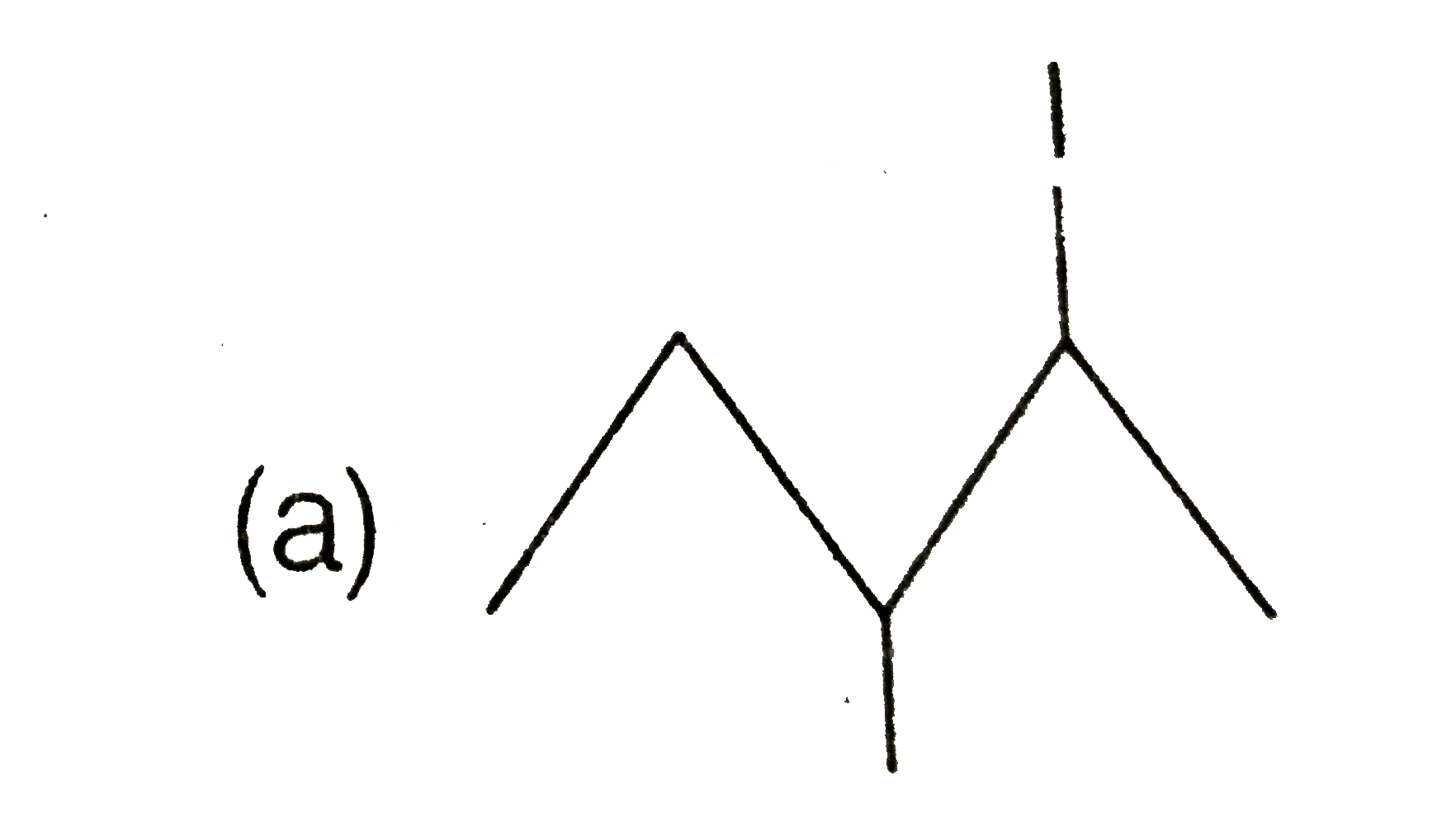 B
B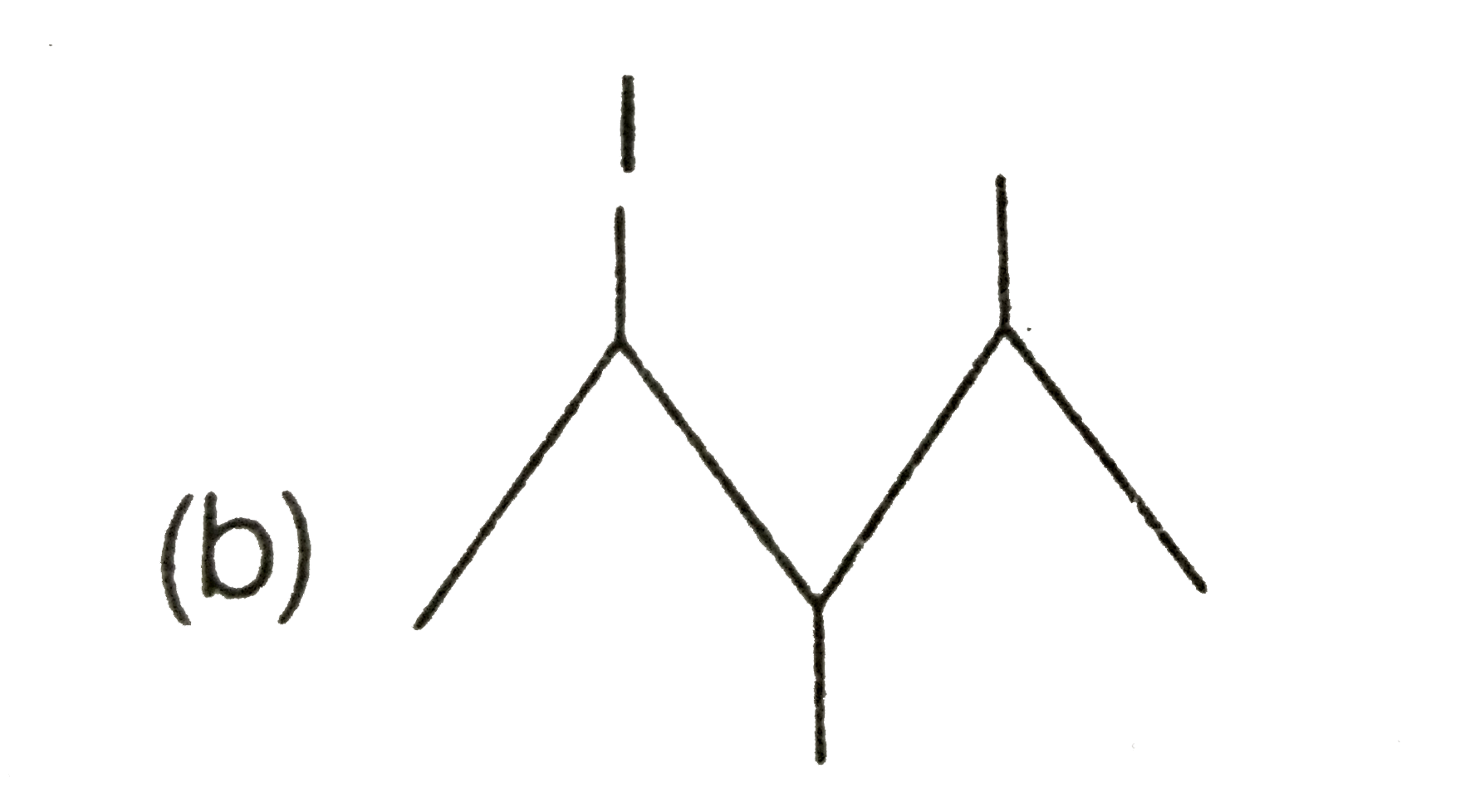 C
C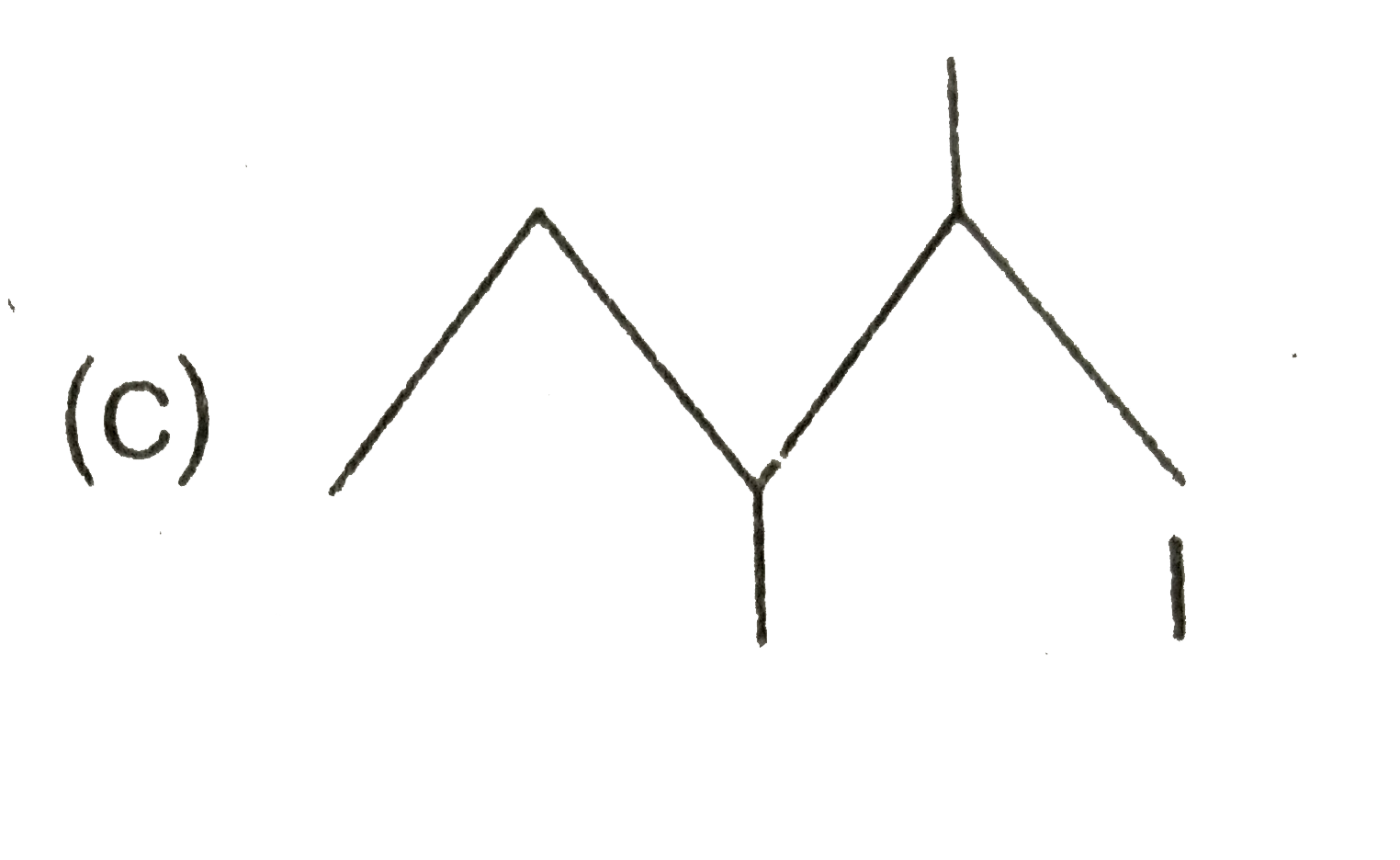 D
D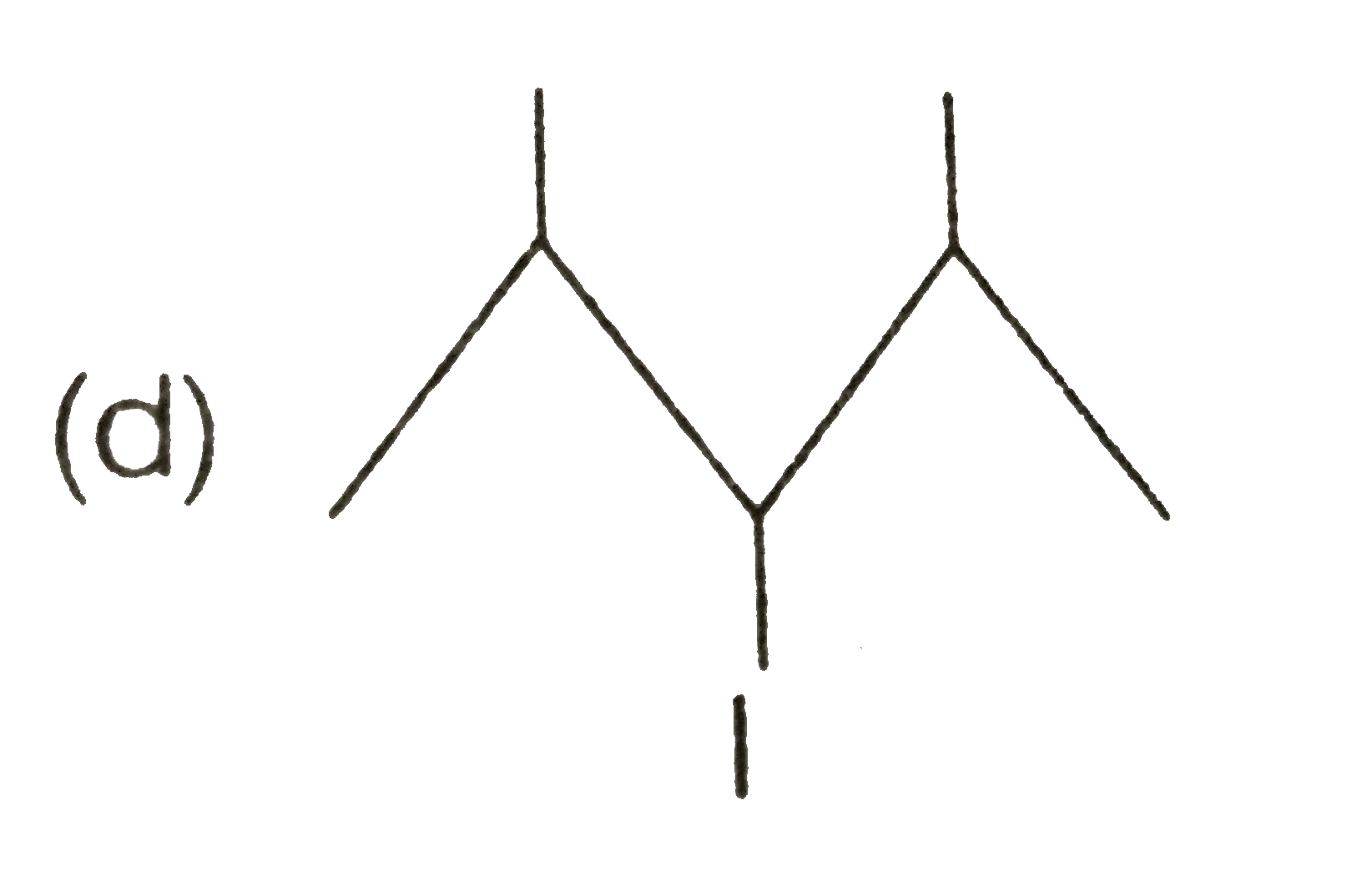
Rearrange the compounds of each of the following sets in order of reactivity towards SN23 displacement :
(i) 2- Bromo-2-methylbutane,
1-Bromopentane, 2- Bromopentaure.
(ii) 1- Bromo-3-methylbutance, 2-Bromo-2-methylbutance,3-Bromo-2- methybutane.
(iii) 1- Bromobutane, 1- Bromo-2,
2-dimethylbutane
1-Bromo -2- methylbutane.
View SolutionDetermine the product formed when 3-Bromo-2,2-dimethylbutane reacts with ethanol
View SolutionIn the Newman projection for 2, 2-dimethylbutane X and Y cn respectively be
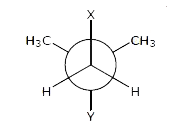
View SolutionWrite the structures and names of products obtained in the reactions of sodium with a mixture of 1-iodo-2-methylpropane and 2-iodopropane.
View Solution(a) Write out the error and write the correct IUPAC names of : (i) 1, 6-Hexadiene
(ii) 2-Ethyl-2-pentene.
(b) Write the structural formulae of:
(i) 2, 3-dimethylbutane
(ii) 4-Methylpentyne.
View Solution
